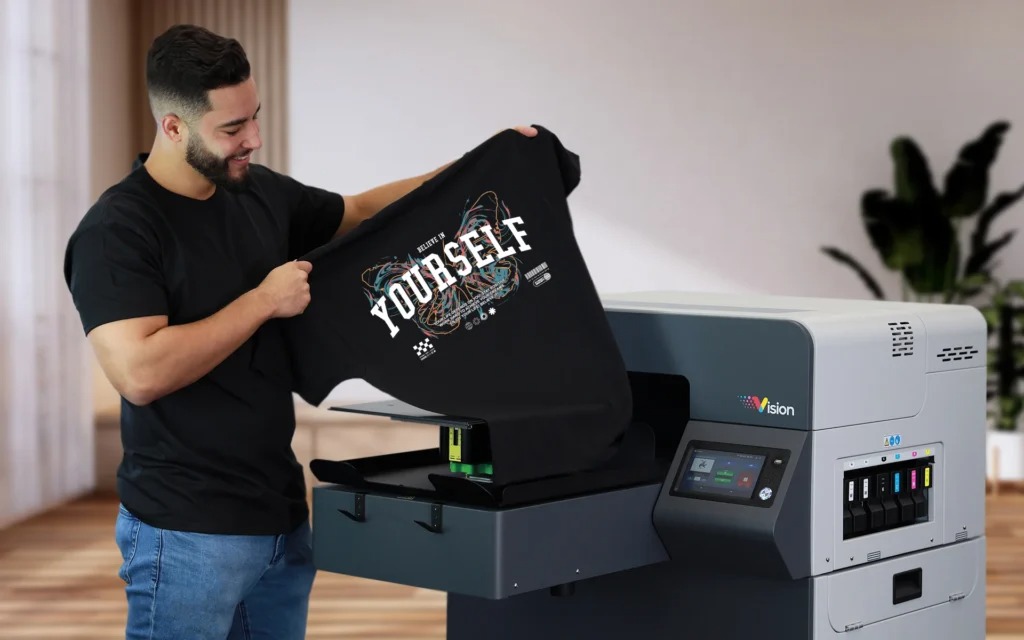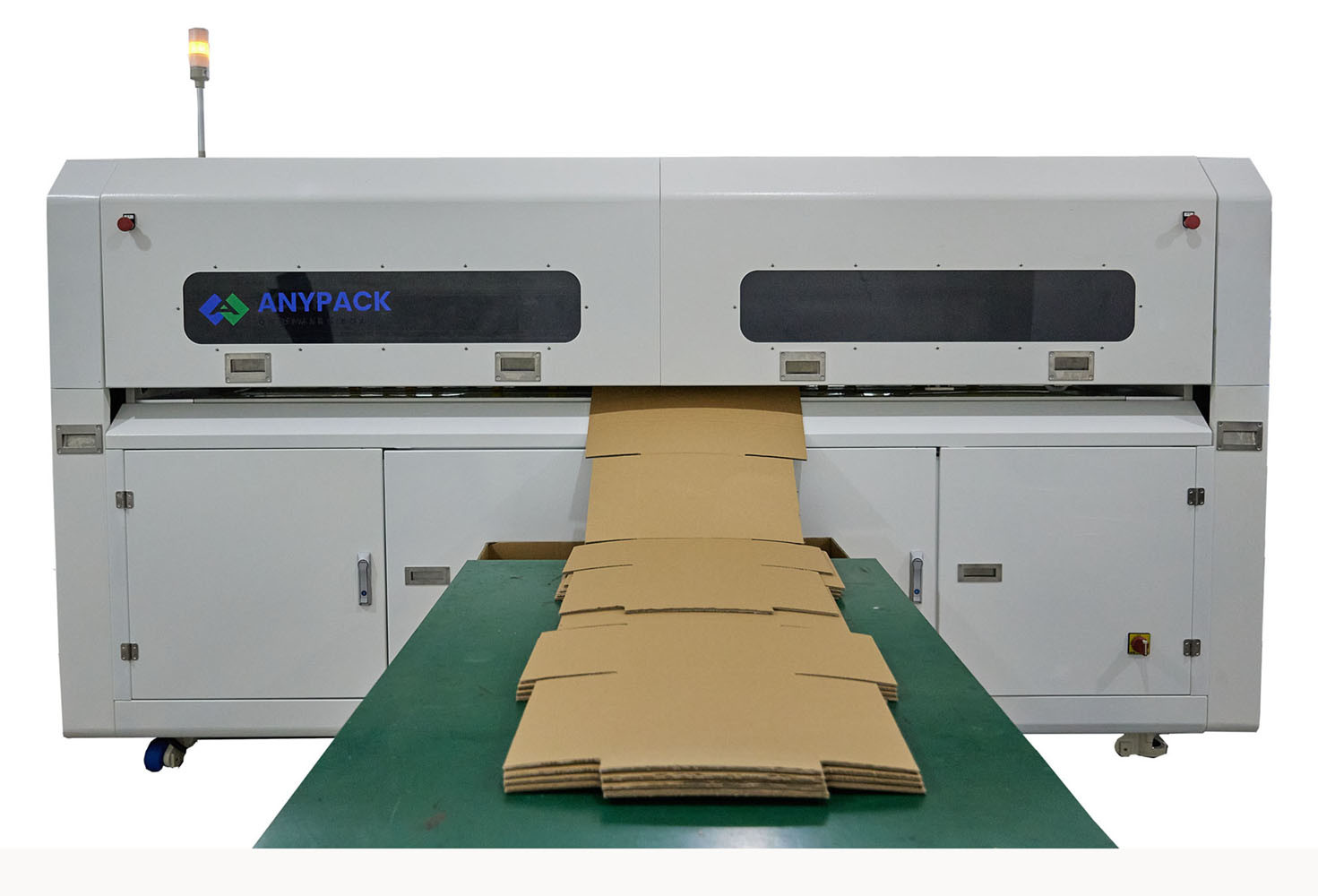T-shirt printing has evolved into a thriving industry that combines creativity, fashion, and entrepreneurship. Whether you’re an artist looking to share your designs with the world or a business owner wanting to create custom apparel for clients, t-shirt printing offers numerous possibilities tshirt printer. In this article, we’ll explore what t-shirt printing is, the various methods used, and how you can get started in this exciting field.
What is T-shirt Printing?
T-shirt printing is the process of applying designs, text, or artwork onto fabric, typically on a t-shirt, using various printing methods. This process allows individuals or businesses to create custom t-shirts for personal, promotional, or retail purposes. T-shirt printing can be done on different types of garments, but t-shirts remain the most popular choice due to their versatility, comfort, and widespread appeal.
Different T-shirt Printing Methods
There are several ways to print designs onto t-shirts, each with its own unique set of advantages and disadvantages. Let’s take a look at the most common methods:
-
Screen Printing
Screen printing, also known as silk screening, is one of the oldest and most widely used methods of t-shirt printing. It involves using a stencil (or “screen”) to transfer ink onto fabric. The screen is placed on the fabric, and ink is pressed through the screen using a squeegee. This method is ideal for large orders, as it can produce high-quality prints at a low cost per unit when done in bulk.
Pros:
-
Ideal for bulk printing.
-
Vibrant and durable prints.
-
Long-lasting and cost-effective for large runs.
Cons:
-
Not suitable for small runs or highly detailed designs.
-
Setup can be time-consuming and costly.
-
-
Direct-to-Garment (DTG) Printing
DTG printing is a relatively new method that involves printing the design directly onto the t-shirt using a specialized printer. This method works similarly to inkjet printing on paper but with fabric as the medium. DTG printing allows for detailed and colorful prints and is ideal for small orders, custom designs, and full-color prints.
Pros:
-
No setup costs for small runs.
-
High-quality, detailed prints.
-
Can print on a variety of fabric types.
Cons:
-
Slower than screen printing for large orders.
-
Requires specialized equipment and maintenance.
-
-
Heat Transfer Printing
Heat transfer printing involves using heat and pressure to transfer a pre-printed design onto fabric. The design is typically printed onto transfer paper and then applied to the t-shirt using a heat press. This method is suitable for both small and large orders and can produce vibrant, full-color prints.
Pros:
-
Great for small runs and custom designs.
-
Can produce complex designs with full color.
-
Versatile and works on various fabric types.
Cons:
-
Prints may not be as durable as screen-printed designs.
-
Not suitable for large orders due to time constraints.
-
-
Vinyl Cutting
Vinyl cutting involves cutting out designs from sheets of vinyl and then heat pressing them onto t-shirts. This method is commonly used for simple, bold designs, such as text, logos, or basic shapes. Vinyl prints are durable and have a shiny finish that stands out.
Pros:
-
Durable and long-lasting prints.
-
Ideal for simple designs and text.
-
Can be used on both light and dark fabrics.
Cons:
-
Not suitable for highly detailed or full-color designs.
-
Limited design flexibility compared to other methods.
-
-
Sublimation Printing
Sublimation printing uses heat to transfer dye onto fabric, typically polyester. This method works by converting solid dye into gas and bonding it directly to the fabric. Sublimation printing is often used for all-over designs and is ideal for creating vibrant, long-lasting prints.
Pros:
-
Vibrant, full-color prints that are part of the fabric.
-
No cracking or peeling.
-
Works well for all-over prints and polyester fabrics.
Cons:
-
Limited to polyester or specially coated fabrics.
-
Not ideal for dark-colored fabrics.
-
How to Start a T-shirt Printing Business
If you’re interested in starting your own t-shirt printing business, here are the basic steps to get you started:
-
Research Your Niche Before you dive into t-shirt printing, it’s essential to research your target market. Are you catering to businesses needing promotional apparel, or are you focused on custom t-shirts for individuals? Identifying your niche will help you design better products and tailor your marketing efforts.
-
Choose Your Printing Method Based on your budget, the scale of your business, and the types of designs you want to create, you should choose a printing method that aligns with your goals. If you plan to print in bulk, screen printing might be the best choice. For small orders or intricate designs, DTG or heat transfer printing may be better suited.
-
Get the Right Equipment Invest in the necessary equipment for your chosen printing method. This may include a heat press, DTG printer, or screen printing setup. Don’t forget about software for creating and preparing designs, as well as quality blank t-shirts for printing.
-
Create a Business Plan A solid business plan will help you establish goals, identify your target market, and determine how you will price and market your products. Consider setting up an online store or partnering with local retailers to sell your printed t-shirts.
-
Promote Your Business Once your printing operation is up and running, it’s time to promote your business. Use social media platforms, online marketplaces, and word-of-mouth to spread the word about your custom t-shirts. Running promotions, offering discounts, or collaborating with influencers can help attract new customers.
-
Focus on Quality and Customer Service Consistently delivering high-quality prints and excellent customer service is key to building a loyal customer base. Focus on creating unique designs that stand out and offer personalized options to make your t-shirts even more appealing.
Conclusion
T-shirt printing is an exciting and profitable venture that offers endless possibilities for creativity and entrepreneurship. Whether you’re interested in starting a small custom shop or scaling up to a larger operation, the right printing method, equipment, and marketing strategy can help you succeed in this dynamic industry. With the growing demand for personalized apparel, there’s never been a better time to start your t-shirt printing business.



